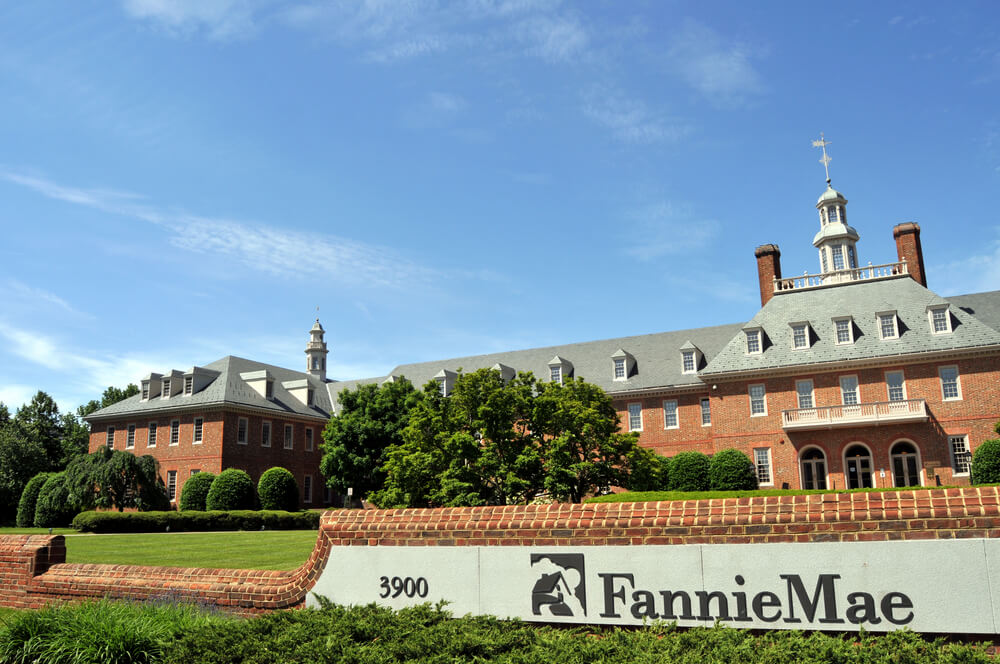Fannie Mae and Freddie Mac, which are government-backed agencies, play an integral role in the American housing system. They buy mortgage loans from lenders, such as banks, package those loans into mortgage-backed securities, and then sell them to investors. Because Fannie Mae and Freddie Mac take on much of the risk, investors generally consider those securities to be safe. These two agencies allow lenders to make more loans, meaning they prop up the U.S. mortgage industry. In fact, combined, the two agencies currently back up about 50% of all new mortgages in the U.S. However, despite playing a similar role in the mortgage industry, they do have some differences.
Here’s a look at the difference between Fannie Mae and Freddie Mac.
Origin of Name
Fannie Mae got its name from the Federal National Mortgage Association (FNMA) acronym, a government-sponsored mortgage loan company. On the other hand, Freddie Mac got its name from the Federal Home Loan Mortgage Corporation (FHLMC) acronym, another lender sponsored by the government to promote easy access to mortgage loans.
Founding Year
The U.S. federal government-chartered Fannie Mae in 1938, with a view to guarantee affordable mortgage loans for U.S. citizens. In 1970, the U.S. Congress chartered the Freddie Mac company to compete with Fannie Mae in providing affordable mortgages by selling them to investors.
Where They Buy Mortgages
According to the Federal Housing Finance Agency (FHFA), Fannie Mae buys their mortgages mainly from commercial banks and other big lenders. In turn, they package them in mortgage-backed securities and sell them on the open market for housing investors to buy. On the other hand, Freddie Mac buys their mortgage loans from smaller banks and lending institutions, commonly known as “thrift” banks. Fannie Mae and Freddie Mac attract mortgage investors by guaranteeing timely repayment of the interest and principal on the original mortgages. In turn, this allows lenders to make more mortgage loans, enabling more Americans to buy homes.
Mortgage Programs
Fannie Mae offers a lending program known as Home Ready Loan. This program involves offering home loans to low-income and medium-income borrowers in the U.S. to help them refinance or buy. Usually, these loans are flexible and have reduced insurance requirements as well as down payments. To qualify for the Home Ready Loan, your earnings should be less than 80% of the median income of the area.
Freddie Mac offers a loan program called Home Possible Loan. Although it’s different from the Home Ready program, Freddie Mac also offers this program to low and medium-income borrowers. Borrowers get to enjoy low down payments, fewer requirements on mortgage insurance, low fees, and general flexibility, as reported by the Bank of America.
Original Purpose
Initially, the federal government created the Fannie Mae enterprise to help banks increase their mortgage production by purchasing their mortgage loans. Although the enterprise bought the loans, it was more likely to keep them in its books, and hence, the congress decided to come up with another enterprise. They founded Freddie Mac to sell the securitized mortgage loans to the secondary market, which, in turn, helped protect the bank from interest changes. Freddie Mac also came in to compete with Fannie Mae and improve the rates, as reported by Forbes Media.
This is just a general look at the difference between Fannie Mae and Freddie Mac. Do you have additional questions about the difference between Fannie Mae and Freddie Mac loans? At Fidelity Mortgage Lenders, we’re here to help. Contact Peter directly on PSteigleder@FidelityCA.com or give him a call on 818.422.8879.
Comments are closed.





